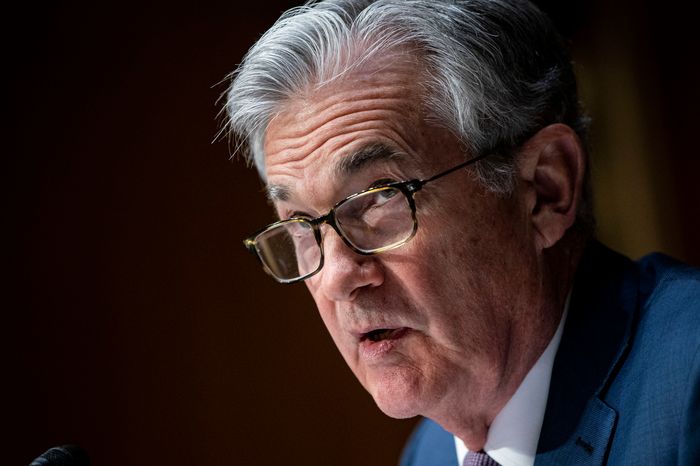Will the Fed cut rates in 2024?
The prospect of rate cuts will come into view around the spring or summer of 2024, in the Standard Bank’s opinion.

The Fed may cut rates in 2024
>> FED and exchange rate pressure with Vietnam
The US economy has proved robust, inflation is falling, asset prices have performed well, and the regional bank strains from earlier in the year seem to have passed. On the surface, it looks as if all is well, but there are still concerns that the situation could turn very quickly. The Fed and other central banks have stressed right from the start of the monetary tightening process that the "landing strip" is very narrow. Get the landing wrong on one side, and the economy tumbles into a deep and possibly unnecessary recession. On the other hand, get it wrong, and the economy holds up, but inflation remains significantly and persistently above target.
In the early days, few gave the Fed a chance of pulling it off, and the Fed itself expressed doubts. But seventeen months into this tightening cycle, things have gone remarkably well. Even when the situation darkened, as it did in March when regional banks came under pressure, the Fed’s response was sufficient to calm nerves again. But none of this means that the landing strip has been safely found just yet. The jury is still out on whether monetary conditions have been tightened significantly. Policy rates have risen by 525 bps, but 10-year yields have risen by not much more than 200 bps over the same period.
While yield curve inversion is not unusual in a tightening cycle, we should remember that the Fed is not just fighting inflation but also fighting the fact that its huge hoard of bonds, thanks to quantitative easing, is still keeping yields lower than what would be the market-clearing level.
Of course, the Fed is running down its balance sheet, but this is modest; the key to the monetary stance, in the Standard Bank’s view, is not the flow of asset reduction but the stock of bonds held, and this is still hugely inflated. But QE is not the only difficulty the Fed faces in landing the economy softly. The labor market remains very tight and is only loosening at a glacial pace. Consumer spending is holding up due to this and in part because the rate being paid on mortgages already in existence is far lower than the rate on new mortgages. The rising mortgage rate for new borrowers discourages house buying and helps to ease inflation via lower rental costs. But if mortgage costs for existing homeowners barely rise, the fall in consumer spending is likely to be short of what’s required to pull inflation back to target.
While many factors suggest that the Fed has not tightened enough, there is also the fear on the other side of the coin that the lags involved in policy mean that a deluge of monetary restrictions is still due to hit the economy, even though the Fed seems to be at or near the end of the rate hike cycle.
>> “Home stretch” for the end of the tightening cycle
"We’d still put the odds of a recession in the coming year at close to 50:50. So, the Fed still finds itself in a difficult place, but as long as inflation recedes, it has time to watch the data; we think that it will not lift rates again. In our opinion, the prospect of rate cuts will come into view around the spring or summer of 2024. The Fed is working hard to downplay any such expectations, not because it sees this as unlikely, but because to get into a debate about easing now would risk undermining the tightening of financial conditions that has been achieved so far; hence, this may create the potential for the Fed to have to hike again. We also believe that when rates do fall, the declines will start to become quite rapid; hence, for longer-term bond yields, such as 10-year treasuries, we see current levels above 4% as attractive for investors to put cash to work", said the Standard Bank.
The prospect of lower US rates next year is likely to bear down on the dollar even if, as seems likely, the Fed is not the only central bank doing this and, very probably, not even the first. However, the Standard Bank would not get too caught up in the idea that the prospect of a lower dollar over time is conditional on rate cuts from the Fed. It thinks that there are plenty of fundamental factors that will hold the dollar back, not least the slump in net savings of the public and private sectors in the US that necessitates hefty capital inflows; this may well prove more challenging given the dollar’s overvaluation (which is put at around 9% by the IMF) and efforts by many foreign authorities and private sector players to shift away from hefty reliance on the dollar in areas such as trade and holding reserves. In all, this bank sees a 10%-plus fall in the dollar’s trade-weighted index over the next year or two.








